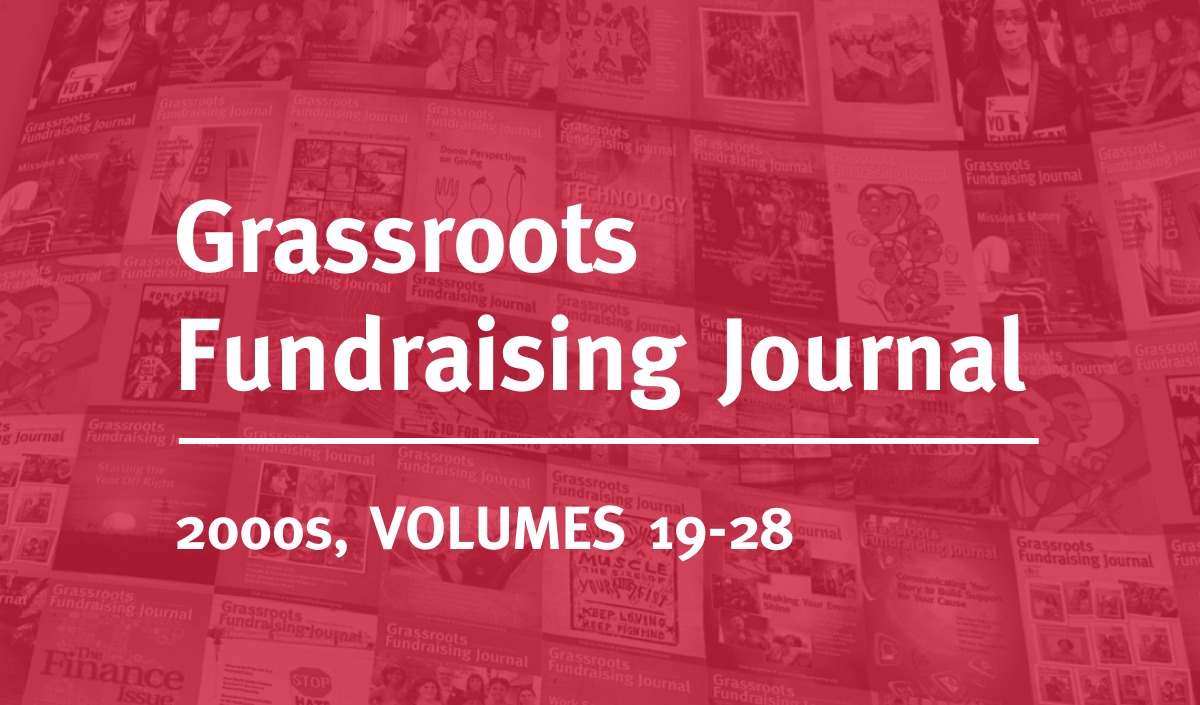February 16, 2011; Source: Star Tribune | Ten years ago, the Northwest Area Foundation took a bold, well-motivated step toward doing what many people have long wanted to see from private foundations – dedicating a huge amount of money to anti-poverty efforts. Two hundred million dollars later, the foundation has concluded that the program was a failure due to a number of problems. According to a report on the experience, the foundation "failed to recognize the flaws in its theory," lacked clear goals, and suffered from a "learn-as-you-go" approach to philanthropy.
The theory was to devote 10 years' worth of grantmaking to anti-poverty efforts, investing $150 million in 10 communities (including Indian tribes) in 8 states plus another $50 million in leadership development and smaller grants for anti-poverty programs. But the key feature was the 10-community long term investment effort.
Each community's efforts started with the foundation's "listening sessions" that eventually led to a strategic plan for the project. But there the initiative stalled out. As Minnesota Council of Nonprofits CEO (and NPQ editorial committee member) Jon Pratt put it: "A whole lot of nothing happened for a long time. I would get calls from people [at nonprofits] asking, 'What's going on?'''
Trying to balance the critique of the foundation program with some examples of positive accomplishments, this Star Tribune article fails to hone in on some of the crucial flaws in the foundation’s theory. The foundation positioned itself as an equal partner with the communities, but the end result was that the foundation was largely in the driver's seat in constructing the strategies.
Sign up for our free newsletters
Subscribe to NPQ's newsletters to have our top stories delivered directly to your inbox.
By signing up, you agree to our privacy policy and terms of use, and to receive messages from NPQ and our partners.
In most of the communities, the foundation decided to run the funds through entirely new organizations designed and developed for the foundation's program rather than building on the communities' existing nonprofit infrastructure and networks. In the course of the program, the selected communities hardly generated much anti-poverty accomplishment given the amounts of money NWAF invested.
In one case, farm workers in eastern Washington State litigated against the foundation after having been led through the strategic planning process only to be denied the full grant. In another case, urban Indian groups protested against the foundation's program (PDF), leading to compensatory grants of sorts.
What really happened? It seems to be a classic foundation mistake – a foundation that got excited and carried away with an idea and forgot somewhat that these communities aren't laboratories, but real people with histories, cultures, and political (and nonprofit) dynamics.—Rick Cohen













